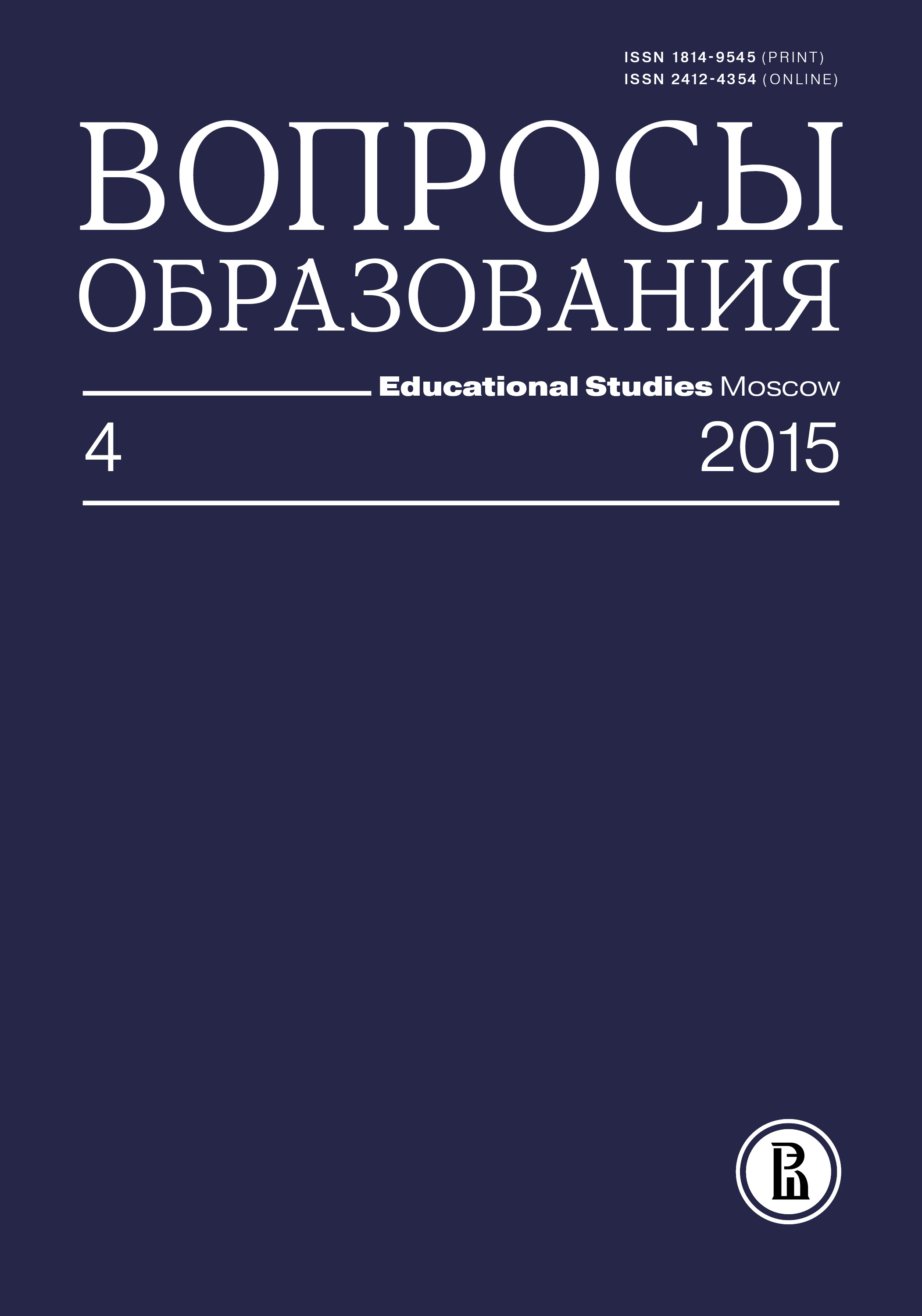Оценка потребности в дополнительных учебных местах в системе общего образования РФ в 2014–2025 гг.
Аннотация
Анализируется перспектива нарастания дефицита учебных мест в системе общего образования Российской Федерации в период с 2014 по 2025 г. Показано, как рост численности детей школьного возраста, новые требования к организации деятельности и условиям обучения в школе, физический износ школьных зданий увеличивают потребность в дополнительных учебных местах. Установлено, что запланированные меры по введению дополнительных учебных мест не покрывают прогнозируемый дефицит учебных мест в системе общего образования Российской Федерации. Результаты анализа позволяют определить число учебных мест, которое необходимо ввести к 2025 г. (как без учета замены зданий, имеющих на 2014 г. уровень износа от 50 до 100%, так и с учетом замены этих зданий и строительства новых).








